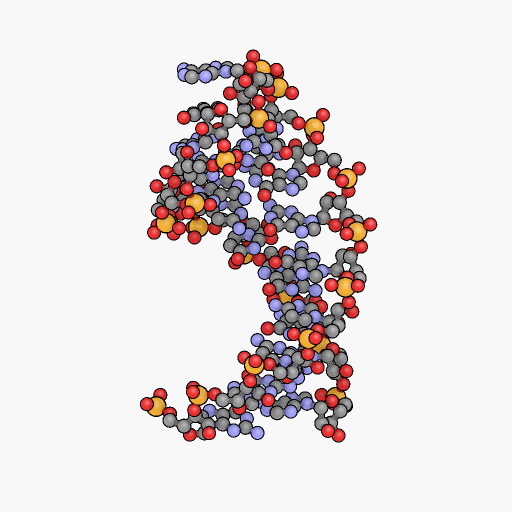The Melaseq™ test measures the levels of small RNA molecules called microRNAs in patient samples. These molecules act like “dimmer switches,” fine-tuning gene activity by reducing protein production. Changes in microRNA levels are closely linked to melanoma development and progression.
How Melaseq™ Works
Melaseq™ analyzes patterns of specific microRNAs associated with melanoma. By comparing these patterns, the test generates a personalized genomic score, providing insights into a patient’s melanoma status.

A microRNA molecule, folded into its signature hairpin shape, which is essential for transport and function.
MicroRNA Profiles and Heatmaps
This page presents a gene expression heatmap, a color-coded visualization of microRNA abundances derived from over 500 samples from individuals with clinically confirmed melanoma status. These data contribute to the validation the Melaseq assay.
- Each row (horizontal) corresponds to a specific microRNA measured in the test.
- Each column (vertical) represents the average microRNA profile for a specific clinical diagnosis or melanoma stage.
- Colors indicate relative microRNA levels: red signifies higher abundance, while blue indicates lower abundance.
By examining these heatmap patterns, Melaseq detects changes in microRNA expression—both increases and decreases—across clinical diagnoses and melanoma stages. These directional changes are used to compute a personalized melanoma genomic score, identifying microRNA signatures linked to melanoma presence and progression.
Why MicroRNAs Matter
MicroRNAs are critical biomarkers in melanoma, playing key roles in tumor growth, progression, and the body’s response to the disease. Each microRNA has its own unique function: for example, miR-22 helps suppress tumor growth by targeting genes that control cell survival, while miR-21 promotes tumor progression and spread. Other microRNAs influence processes like inflammation, metabolism, and the tumor environment. Scientists are still uncovering these roles, and our understanding may evolve as new research sheds light on how microRNAs work.